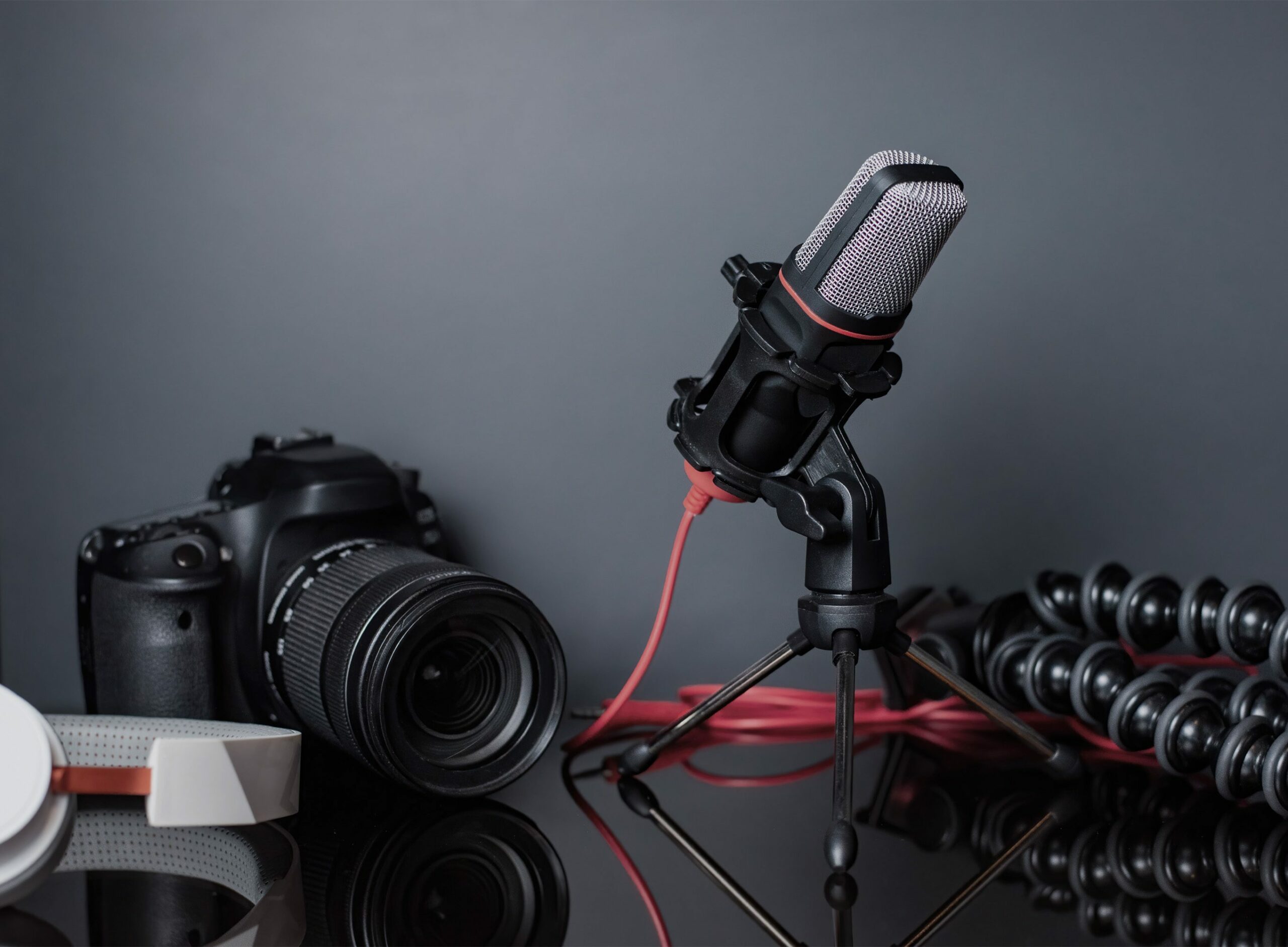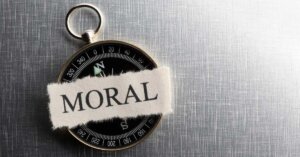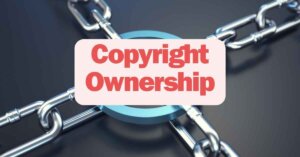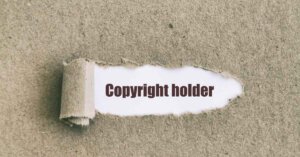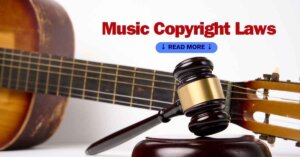Reuploading pictures from the internet has become a common thing that is often done by people in the digital age. The purpose of uploading these also varies, one of which is to conduct criticism.
In the realm of digital media, sources of criticism become readily accessible, offering a wider range of comprehensive information and increased efficiency. This is particularly evident when criticism is accompanied by visual representations, as the adage “One picture is worth a thousand words” aptly demonstrates. With digital platforms enabling easier access and the power of imagery to convey nuanced opinions, the potency of criticism is heightened, surpassing the limitations of traditional textual forms.
Several Cases
A few related cases in Indonesia can be seen from a copyrights law viewpoint. These cases are not widely discussed from a legal standpoint as the parties whose portraits are being criticized on the OpenSea platform have not filed any legal claims regarding these cases. This renders them unable to be brought into the legal realm, such as a court, as it requires a complaint from the aggrieved party to initiate the process.
The first case is about six pictures of the corruptors uploaded into NFT’s marketplace by an account called “Bukan Komisi Pemberantasan Korupsi”. The second case is a picture of Herry Wirawan as a perpetrator of abuse uploaded by an account called “about Indonesia”, accompanied by the caption “Child sex predators”. The owners made those cases of the OpenSea accounts for criticism purposes to the convicts. Those pictures were collected from Indonesian pers websites such as Detik, Kompas, CNN Indonesia, and Tribune.
The uploader of the portrait is believed to have uploaded it intending to make criticism and express their disappointment towards the individuals depicted. However, the manner in which it is conveyed may not be justifiable within the realm of copyright law.
Indonesia Copyrights Law View Point
Indonesia has Law Number 28 of 2014 about Copyrights which applies to parties within the territory of Indonesia and outside the region of Indonesia whose actions impact the state of Indonesia. This Law explains that an image in which the object is a human is called a portrait. Some provisions that need to be considered regarding portraits include:
- The Photographer’s Right of His Creation
There are two types of rights to the portrait as his creation. There are economic rights and moral rights. With his right economic privilege, the photographer can publish, reproduce, adapt, distribute, create shows, announce and communicate the portrait as his creation. While with his moral right, the photographer can include or not include his name in connection with the use of his work for the public, using aliases or pseudonyms, changing their works according to social decency, changing the title and subtitle of the work, and defend their rights in the event of distortion, mutilation, modifications, or things that are detrimental to honour himself or his reputation.
- Obligation to ask for permission from the person in the portrait or their heirs
These obligations can be found in Article 12 until Article 13 of Indonesia’s copyright law. Those articles stated that the person in the portrait has the right to know about what his portrait is used for. This is such an essential thing in the copyright aspect of portrait because the person or people in the portrait made the creation come into existence. Even if the person in the portrait is a convict, in a normative way, they still have the same right as an unconvicted person.
- There are criminal sanctions for those who oppose it
Article 115 of Indonesia’s copyright law states that Everyone, without the consent of the person being photographed or his heirs carry out Commercial Use, Reproduction, Publication, Distribution, or Communication of Portraits as referred to in Article 12 for the purposes of advertising or advertising for Good Commercial Use in electronic media or non-electronic, shall be punished with a maximum fine 500,000,000.00 (five hundred million rupiah).
- Exceptions of the Obligation
Article 14 of Indonesia’s copyright law states that for security, public interest, and/or the needs of the criminal justice process, the competent authority may publish, distribute, or communicate portraits without having to ask permission from the portrait object.
Furthermore, in article 41 of Indonesia’s copyright law stated that things that are not protected by copyright include works that have not been realized in tangible form, every idea, procedure, system, method, concept, principle, finding or data even though it has been disclosed, stated, described, explained, or combined in creation, and tools, objects, or products that are created only to solve technical problems or whose form is only intended for functional needs.
- Convict portraits are not in Public Domain
Most people think the portrait in the press media websites is in the public domain, so they use them freely. Even though the causes of the creation become a public domain, the copyright protection period has expired, and the creation is not an object of copyright protection.
As for the portraits of these convicts, they can become objects protected as creations of the portrait type as described in Article 40, paragraph (1) letter l of Indonesia’s copyright Law. The period of protection can also be considered valid because Article 59 paragraph (1) of Indonesia’s copyright Law states that a portrait is one of the copyrighted works protected within 50 years after the announcement is made.
Copyrights Protection for Digital Creation
Digital Creation is an object protected by the Law Number 11 of 2008 about Information and Electronic Transaction. Article 25 states that electronic documents compiled into intellectual works, internet sites, and the intellectual works contained in them are protected as Intellectual Property Rights based on statutory provisions. So Digital forms of portraits and NFTs are also protected by this regulation.
So, is it a copyright violation if we are using convict portraits for criticism?
In copyright law, there is a principle known as fair use. If the portrait is solely used for the purpose of expressing an opinion, such action is permitted, provided that the source of the quotation and the used portrait are clearly attributed. However, if the criticism is conveyed by uploading someone else’s portrait and subsequently commercializing it without permission and without indicating its original source, such actions fall under copyright infringement and may even be subject to criminal sanction.
So what should we do to conduct criticism without violating the copyright law?
- Ask for permission from the creator and portrait’s object. If it’s impossible to ask for permission, then at least include those portraits’ creator and source of origin.
- Don’t commercialize the portrait of others without permission.
- Don’t use the portrait to insult the person in the picture.
- Don’t claim other people’s work as your own.
- Consult with the IP Expert from a trusted Law Firm.
These are some of the provisions that must be considered when conducting an opinion or criticism related to the portrait copyright aspect. The copyright law doesn’t intend to prohibit freedom of thought to criticize but to make us aware that we can respect other people’s copyrighted works. Am Badar & Am Badar As an IP Law Firm from Indonesia, we are ready to assist you in understanding copyright law and handling your legal documents to ensure optimal copyright protection for your work. If you require quality IP services, please feel free to contact us via ambadar@ambadar.co.id
References:

